California’s Solar Revolution Continues to Dominate
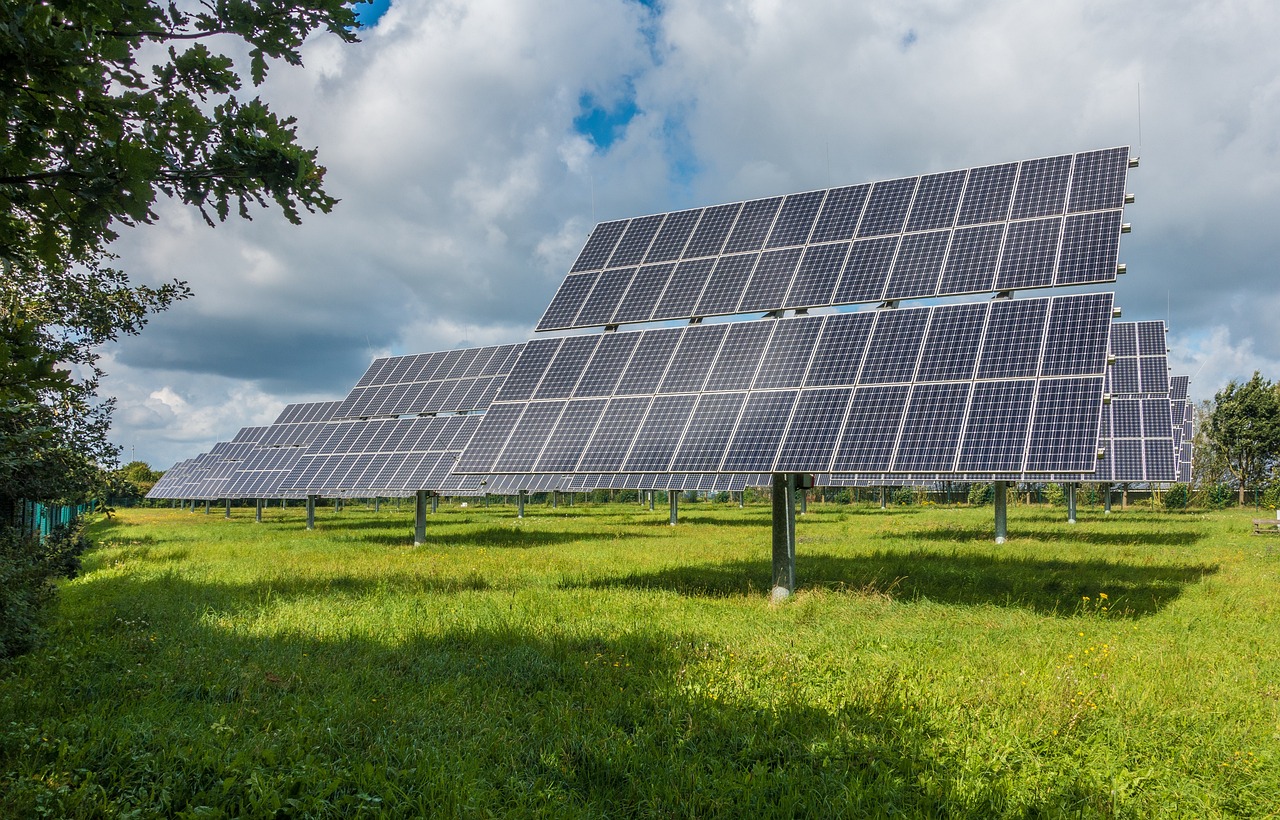
California remains the undisputed leader in renewable energy production, generating over 50% of its electricity from clean sources as of 2024. The Golden State installed approximately 3,200 megawatts of solar capacity in 2023 alone, according to the Solar Energy Industries Association. This massive investment has created over 75,000 jobs in the solar sector, making it a cornerstone of the state’s economy. California’s Self-Generation Incentive Program has distributed over $1.8 billion in rebates for energy storage systems, helping residents and businesses store excess solar power. The state’s ambitious goal of achieving carbon neutrality by 2045 has driven innovation in battery technology and grid modernization. Even during peak summer months, California now regularly operates on 100% renewable energy for several hours each day.
Texas Wind Power Reaches New Heights

Texas has emerged as America’s wind energy powerhouse, generating more wind electricity than any other state in the nation. The Lone Star State produced 119,836 gigawatt-hours of wind energy in 2023, accounting for nearly 30% of all U.S. wind generation according to the Energy Information Administration. Texas added 3,352 megawatts of new wind capacity in 2023, bringing its total installed wind capacity to over 40,000 megawatts. The state’s vast open spaces and consistent wind patterns have attracted major investments from companies like NextEra Energy and Berkshire Hathaway Energy. Rural communities across Texas have benefited significantly, with wind projects generating over $1.8 billion in annual lease payments to landowners. The Electric Reliability Council of Texas reports that wind power now provides about 25% of the state’s total electricity generation.
Florida’s Solar Surge Defies Political Headwinds

Despite political challenges, Florida has experienced remarkable growth in solar energy adoption, ranking third nationally in solar capacity additions. The Sunshine State installed 2,631 megawatts of solar capacity in 2023, driven largely by utility-scale projects and falling installation costs. Florida Power & Light completed the world’s largest solar-plus-storage project in 2024, combining 409 megawatts of solar with 400 megawatts of battery storage. The state’s solar industry now employs over 40,000 workers, representing a 15% increase from 2022 according to the Solar Foundation. Hurricane resilience has become a key driver, with more homeowners installing solar panels paired with battery backup systems. Florida’s solar capacity has grown by over 1,000% since 2013, transforming it from a renewable energy laggard to a leader.
North Dakota’s Unexpected Wind Boom

North Dakota has quietly become a wind energy giant, generating 56% of its electricity from wind power as of 2024. The state’s wind capacity grew by 445 megawatts in 2023, bringing total installed capacity to over 4,300 megawatts according to the American Wind Energy Association. Rural communities have embraced wind development, with projects generating approximately $20 million annually in local tax revenue. The state’s wind resources are among the best in the nation, with capacity factors often exceeding 45% in prime locations. North Dakota now exports significant amounts of clean electricity to neighboring states through improved transmission infrastructure. The transition has helped diversify the state’s energy portfolio beyond traditional oil and gas production.
New York’s Offshore Wind Ambitions Take Shape
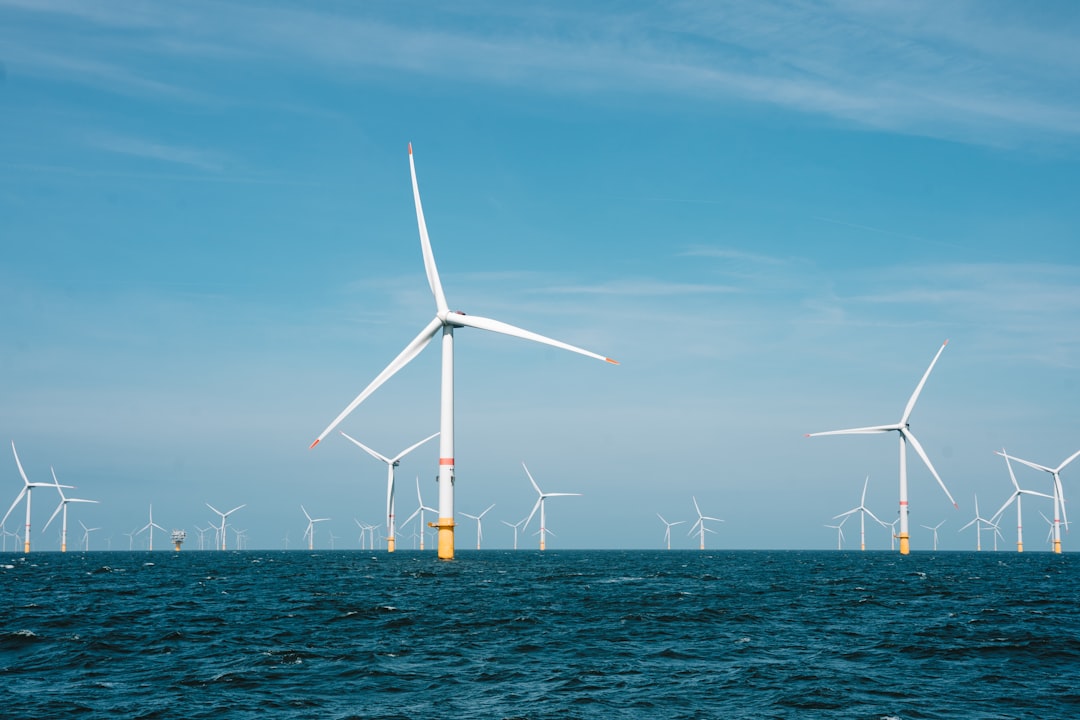
New York has positioned itself as the East Coast leader in offshore wind development, with multiple projects under construction in 2024. The state’s first major offshore wind farm, South Fork Wind, began commercial operations in early 2024, generating 132 megawatts of clean electricity. Empire Wind 1 and Sunrise Wind projects are expected to come online by 2026, adding another 1,696 megawatts of offshore capacity. New York has committed to sourcing 70% of its electricity from renewable sources by 2030, with offshore wind playing a crucial role. The state has invested over $500 million in port infrastructure to support the offshore wind industry, creating thousands of manufacturing jobs. Governor Kathy Hochul’s administration has fast-tracked permitting processes, reducing development timelines by an average of 18 months.
Colorado’s Mountain Wind Revolution
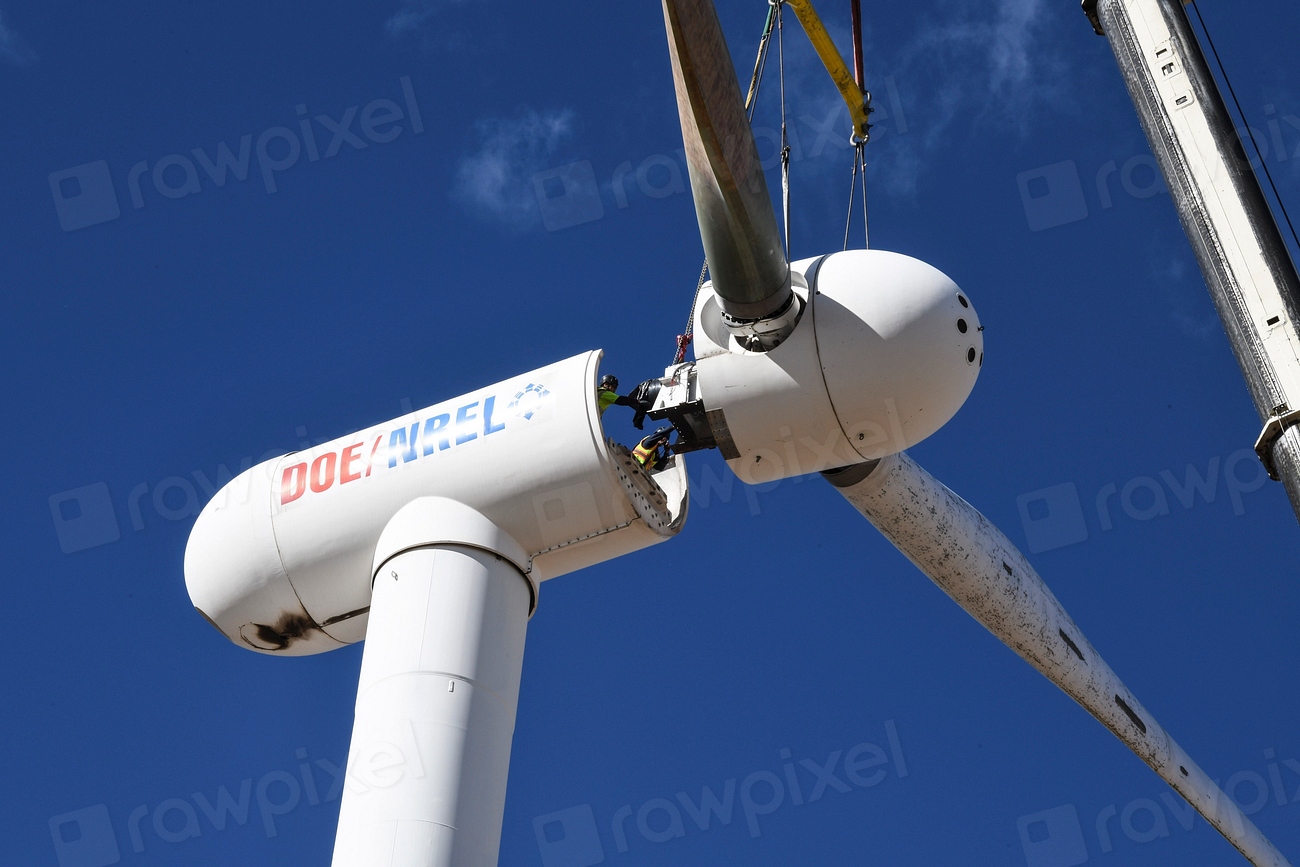
Colorado has transformed its energy landscape, generating 39% of its electricity from wind power as of 2024. The state added 826 megawatts of new wind capacity in 2023, despite challenging mountain terrain and transmission constraints. Xcel Energy’s Colorado operations now source over 50% of their electricity from renewable sources, ahead of their 2030 target. The state’s Renewable Energy Standard requires utilities to generate 30% of their electricity from renewable sources by 2025. Colorado’s wind industry supports over 11,000 jobs, from manufacturing to maintenance and operations. Rural counties have benefited significantly, with wind projects contributing over $400 million in property taxes and lease payments since 2000.
Iowa’s Wind Energy Success Story
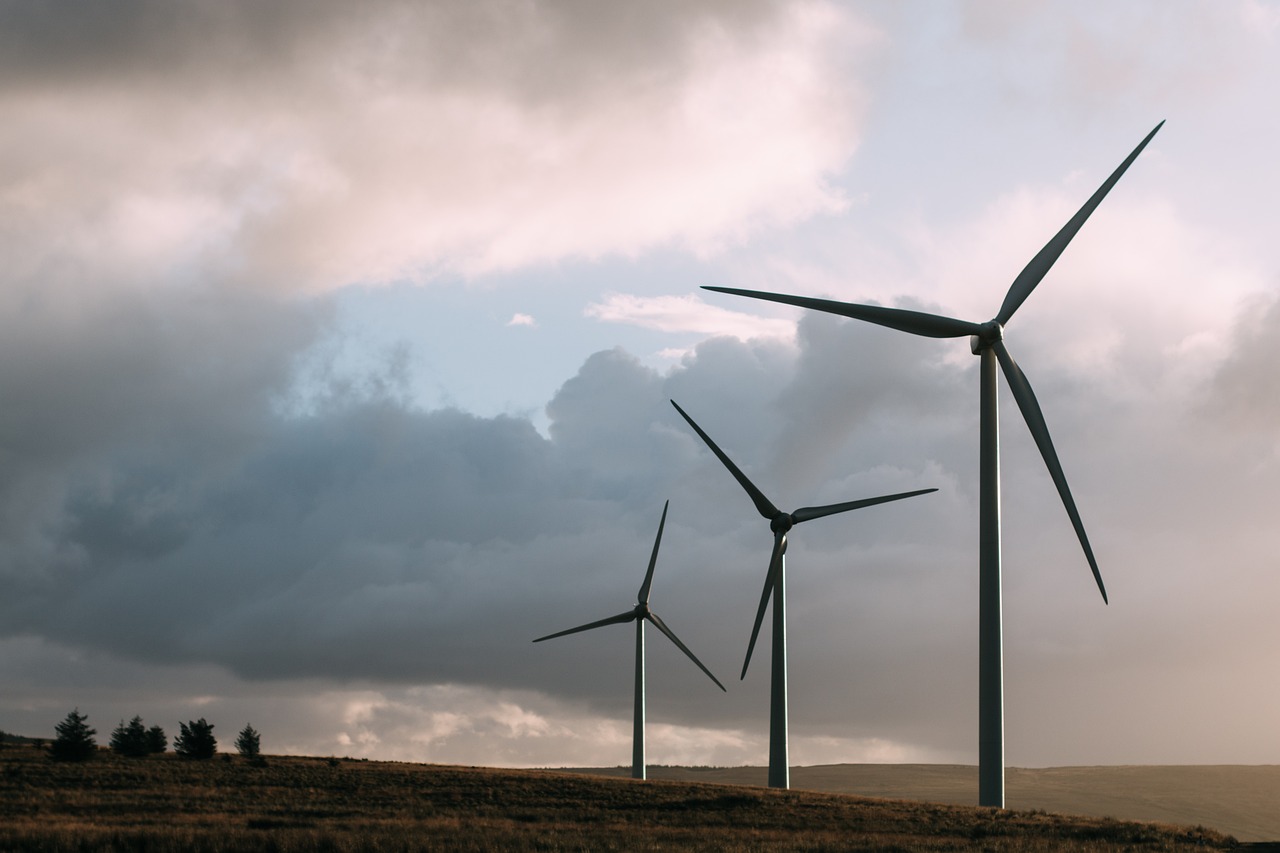
Iowa continues to lead the nation in wind energy as a percentage of total electricity generation, sourcing 62% of its power from wind in 2024. The state has maintained its position as America’s wind energy leader per capita, with over 12,000 megawatts of installed capacity. Iowa’s wind industry employs approximately 9,000 people directly, with thousands more in supporting industries according to the Iowa Wind Energy Association. The state’s aggressive renewable energy development has helped keep electricity rates stable, with wind power often providing the cheapest source of electricity. Iowa’s success has attracted major manufacturers like Google and Microsoft, who cite clean energy availability as a key factor in their facility locations. The state generates enough wind electricity to power 3.2 million homes annually.
The Laggards: West Virginia’s Coal Dependency
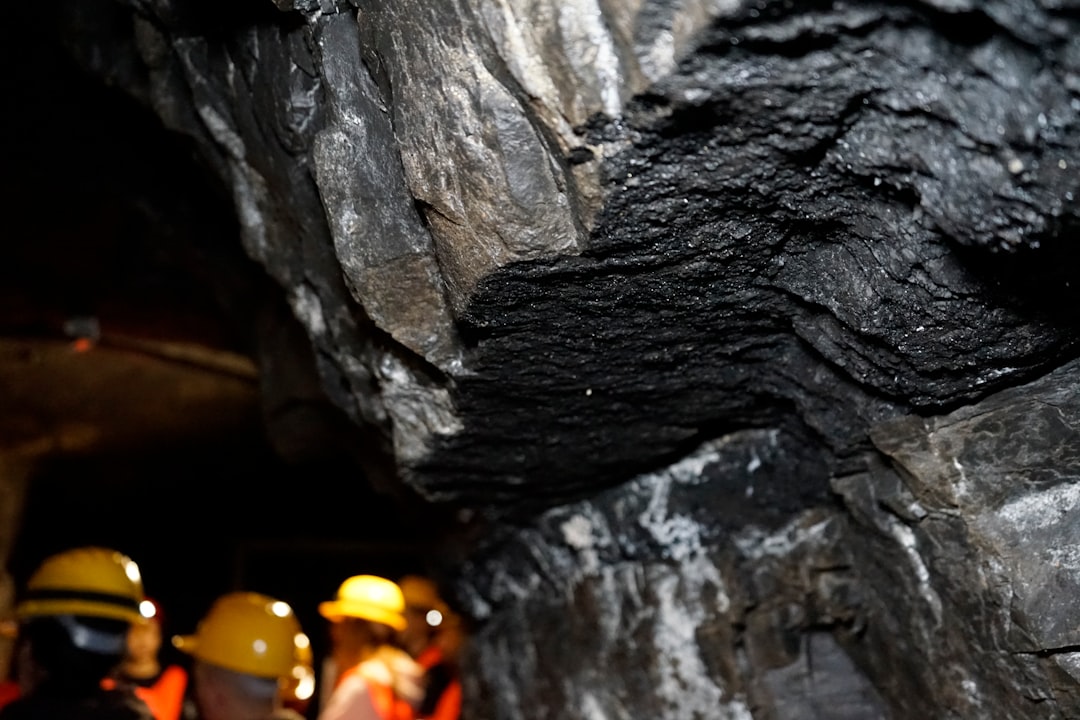
West Virginia remains heavily dependent on coal, generating 88% of its electricity from fossil fuels as of 2024. The state has installed only 899 megawatts of renewable energy capacity, ranking near the bottom nationally in clean energy adoption. Political resistance and regulatory barriers have stifled renewable energy development, with the state legislature passing laws that discourage wind and solar projects. West Virginia’s electricity rates have increased by 23% since 2020, partly due to aging coal infrastructure and compliance costs. The state has lost over 40,000 coal mining jobs since 2010, yet has failed to develop significant renewable energy alternatives. Only 2.1% of West Virginia’s electricity comes from renewable sources, compared to the national average of 21%.
Kentucky’s Renewable Energy Struggles

Kentucky continues to lag behind in renewable energy adoption, generating just 7% of its electricity from clean sources in 2024. The state has installed only 1,547 megawatts of renewable capacity, primarily from hydroelectric dams built decades ago. Political opposition and utility resistance have blocked numerous wind and solar projects, with the state legislature imposing additional fees on renewable energy installations. Kentucky’s solar industry employs fewer than 3,000 workers, despite having excellent solar resources in many regions. The state’s electricity rates have risen 18% since 2020, as aging coal plants require expensive maintenance and environmental upgrades. Kentucky ranks 46th nationally in renewable energy jobs per capita, missing opportunities for economic diversification.
Louisiana’s Fossil Fuel Fortress

Louisiana remains one of the most fossil fuel-dependent states, generating 95% of its electricity from natural gas and coal in 2024. The state has installed just 1,232 megawatts of renewable energy capacity, ranking 42nd nationally in clean energy development. Hurricane damage and grid reliability issues have increased electricity costs, yet the state has been slow to adopt distributed renewable energy systems. Louisiana’s renewable energy workforce totals fewer than 4,500 employees, compared to over 130,000 in oil and gas industries. The state’s regulatory framework heavily favors fossil fuel development, with limited incentives for renewable energy projects. Despite having excellent wind resources along the Gulf Coast, Louisiana has developed minimal wind capacity compared to neighboring Texas.
Alabama’s Renewable Energy Resistance
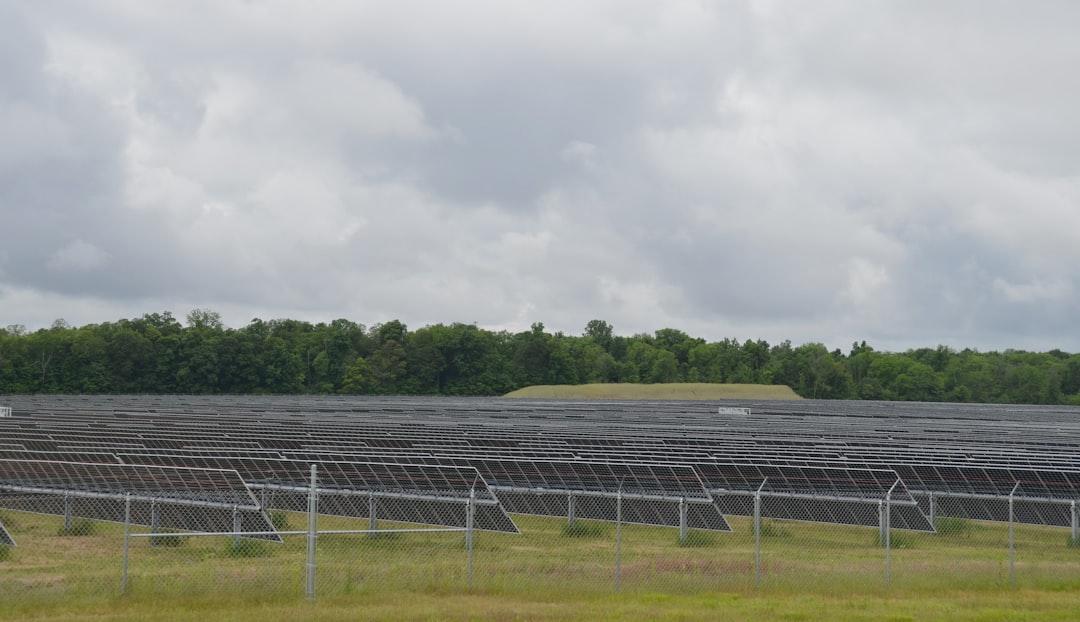
Alabama has made minimal progress in renewable energy development, generating only 8% of its electricity from clean sources as of 2024. The state utility Alabama Power has actively resisted solar development, implementing fees and restrictions that discourage residential and commercial installations. Alabama ranks 43rd nationally in renewable energy jobs, with fewer than 2,800 workers employed in the clean energy sector. The Tennessee Valley Authority serves northern Alabama and has increased renewable energy procurement, but progress remains slow. Alabama’s electricity rates have increased 14% since 2020, yet the state has failed to pursue cost-effective renewable energy alternatives. The state has excellent solar resources but has installed only 374 megawatts of solar capacity, far below its potential.
Ohio’s Mixed Progress and Setbacks
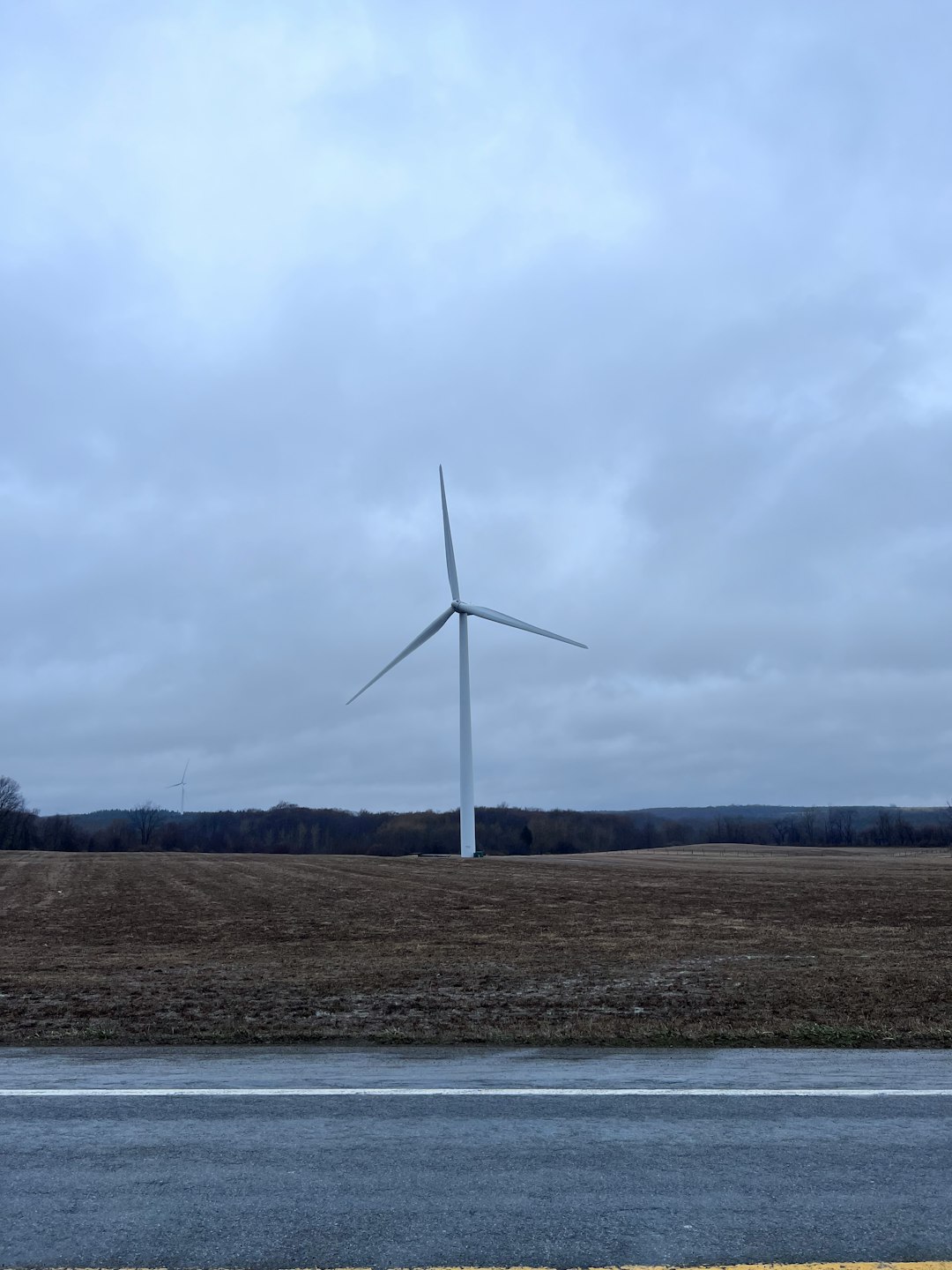
Ohio presents a complex picture of renewable energy development, with significant wind resources but inconsistent policy support. The state has installed 1,435 megawatts of wind capacity, primarily in rural northwestern counties, but progress has slowed due to political opposition. Ohio’s renewable energy standard was frozen in 2014 and later weakened, reducing incentives for clean energy development. The state’s manufacturing sector has benefited from renewable energy jobs, with companies like GE and Siemens operating wind turbine facilities. Ohio generates approximately 15% of its electricity from renewable sources, including nuclear power, but lags behind neighboring states in solar adoption. Recent federal incentives have sparked renewed interest in solar development, with several utility-scale projects announced for 2025.
The Economic Impact of Leading vs. Lagging
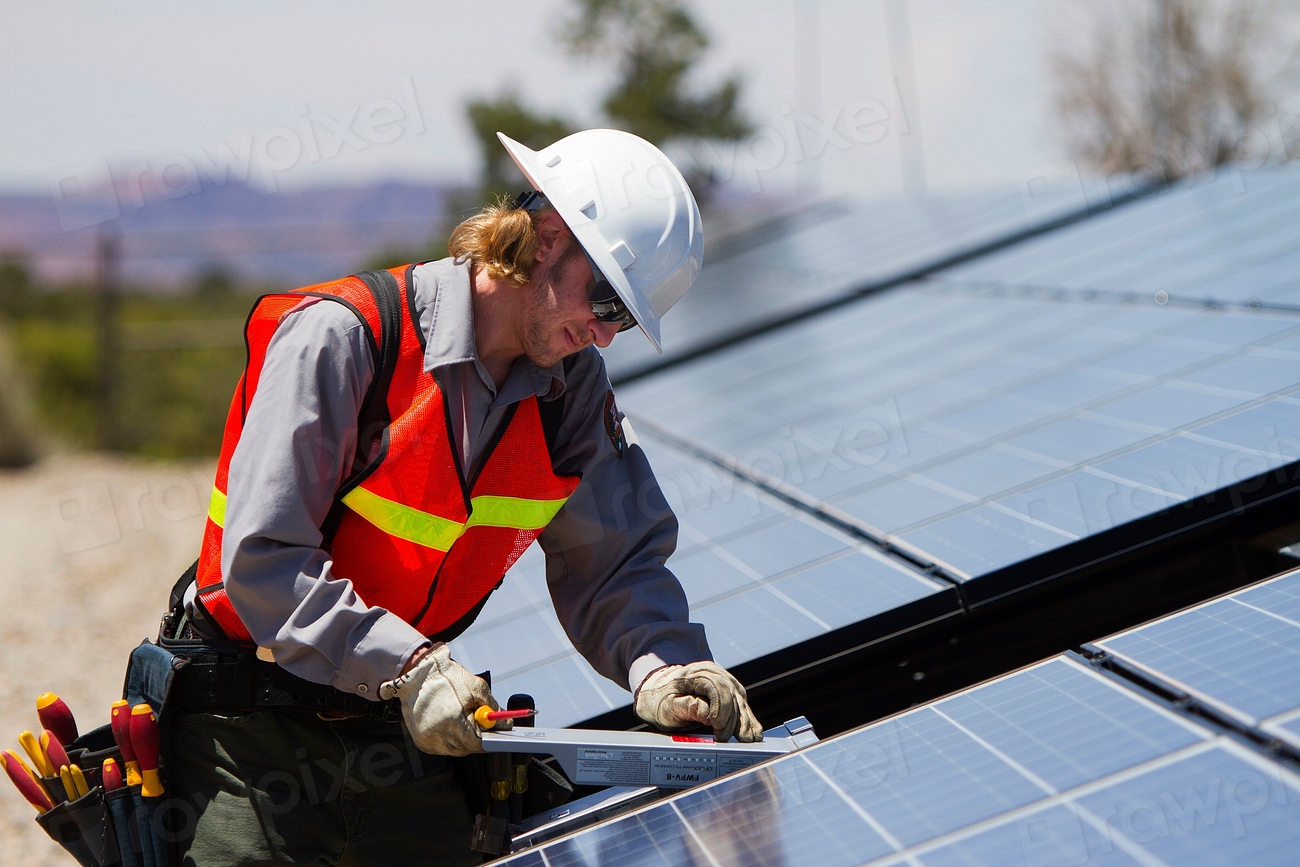
States leading in renewable energy development have created significantly more jobs and economic opportunities than those lagging behind. California’s clean energy sector employs over 500,000 workers and generates $60 billion in annual economic activity according to the California Clean Energy Fund. Leading states have attracted major corporate investments, with companies like Amazon and Apple citing clean energy availability as key factors in facility locations. Lagging states have missed out on billions in federal tax credits and private investment, with renewable energy projects increasingly choosing states with supportive policies. The economic gap continues to widen, as leading states develop supply chains, workforce training programs, and innovation hubs that attract further investment. States that fail to embrace clean energy risk being left behind in the transition to a low-carbon economy.
What patterns do you notice in your own state’s approach to renewable energy development?






